Last year Wessex Archaeology was commissioned to prepare a set of display panels and an information book on the Hoylandswaine Nail Forge, north of Penistone, Sheffield. This was done as part of the restoration work undertaken on the building, managed and protected by the South Yorkshire Trades Historical Trust. The forge is a rare example of a type of building that was once a common sight throughout the nail making villages in this area.
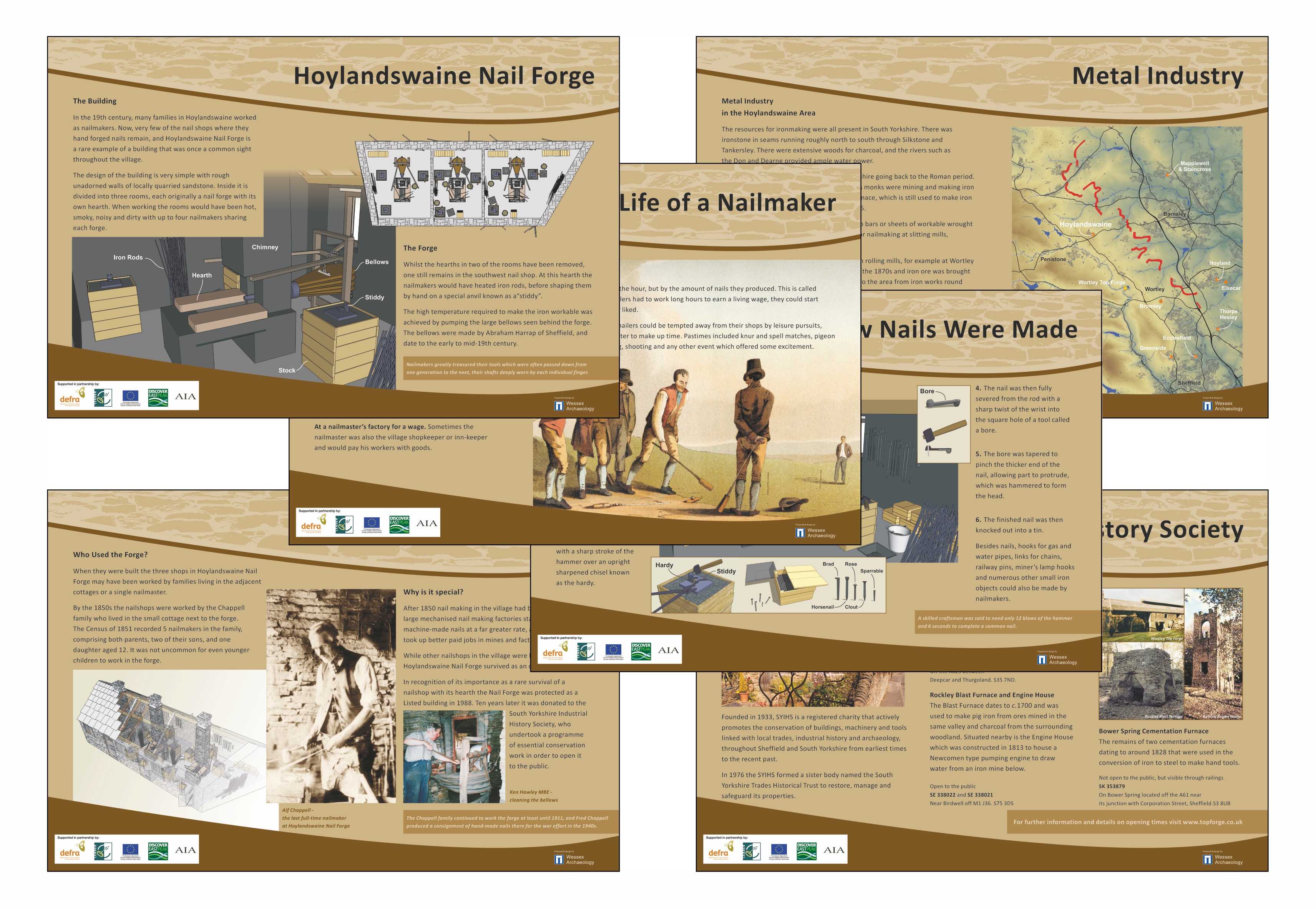
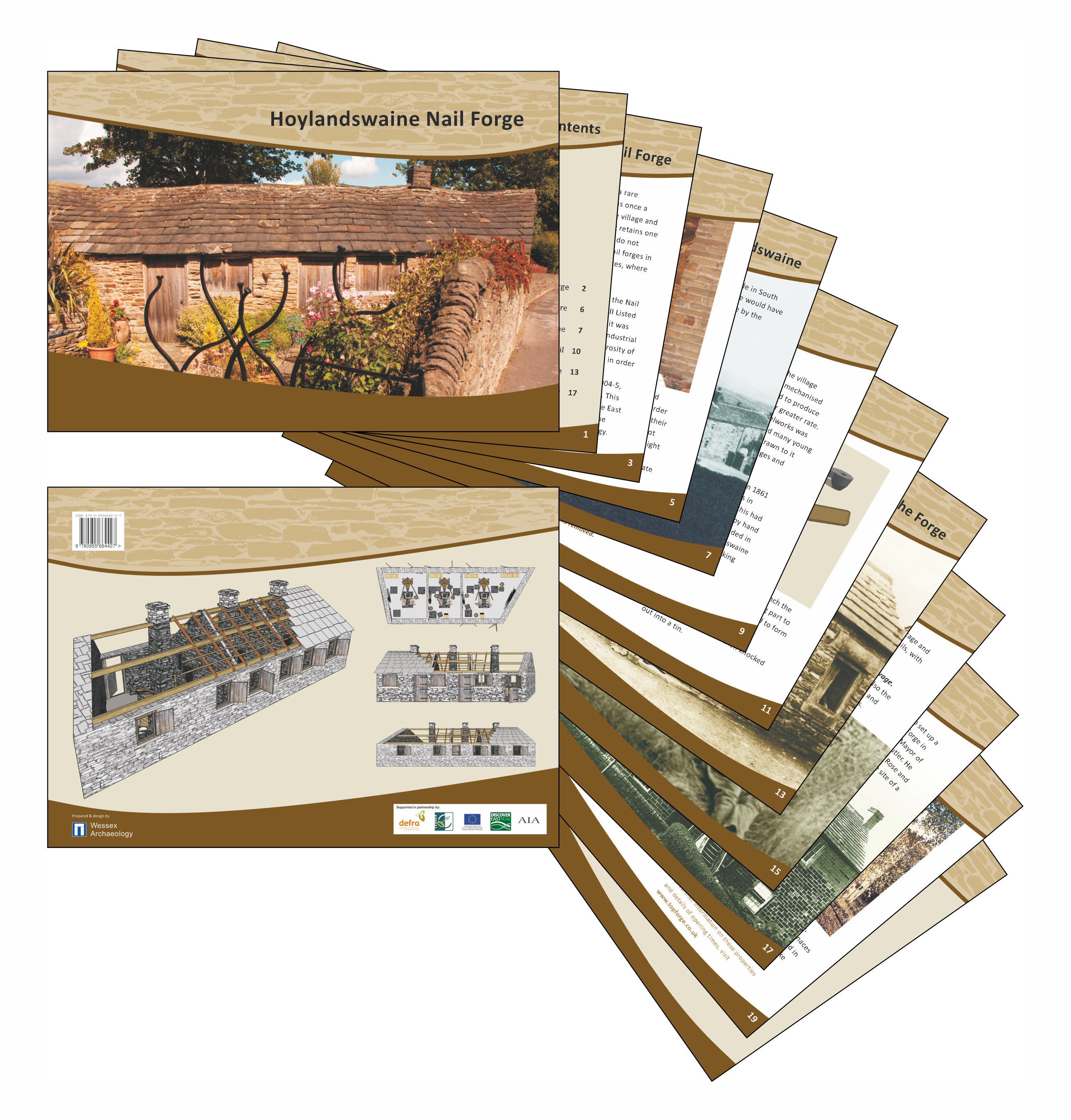
As part of this work they were asked to create a cutaway image of the forge showing how it would have looked originally, and a series of illustrations to help explain how the forge worked.
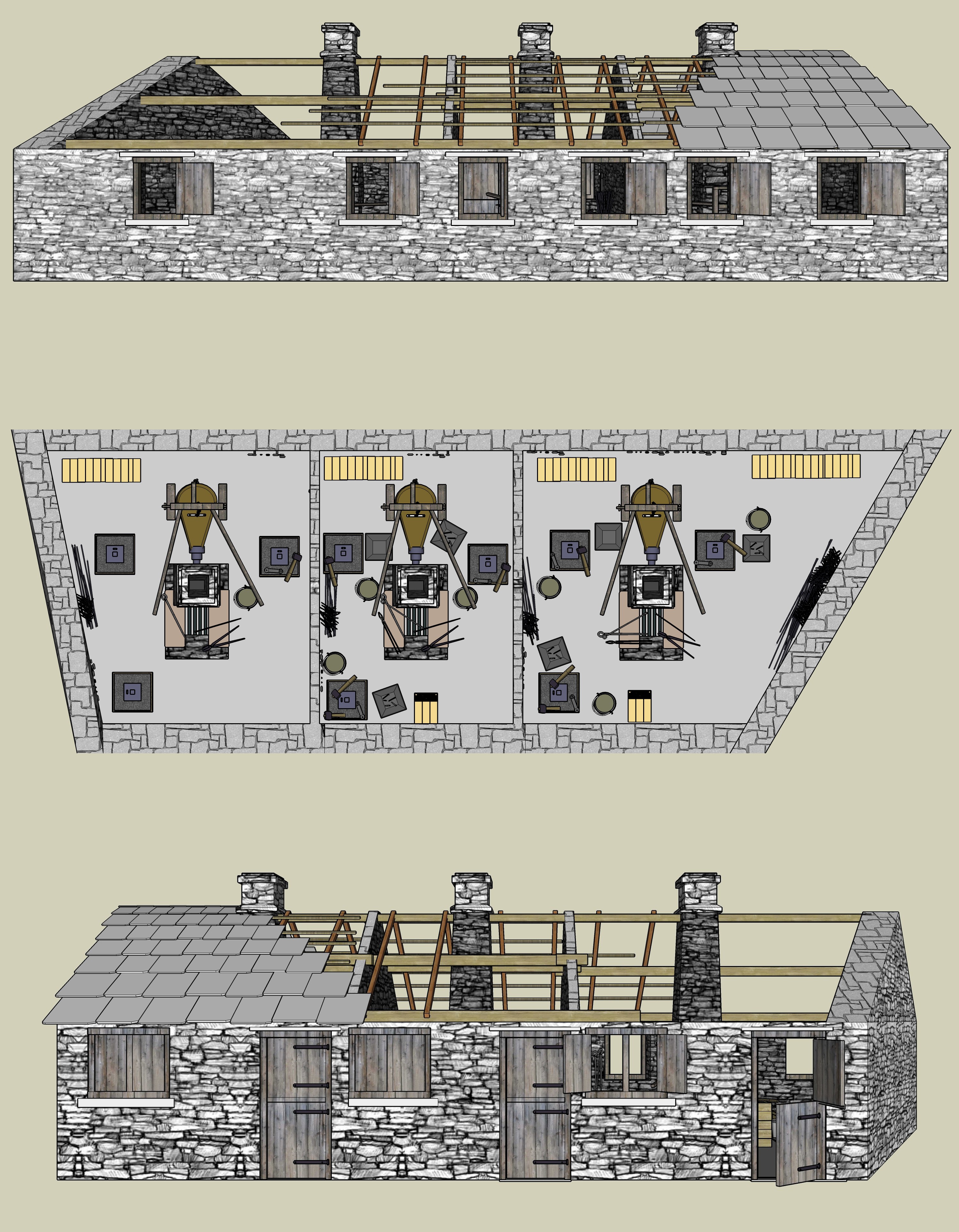
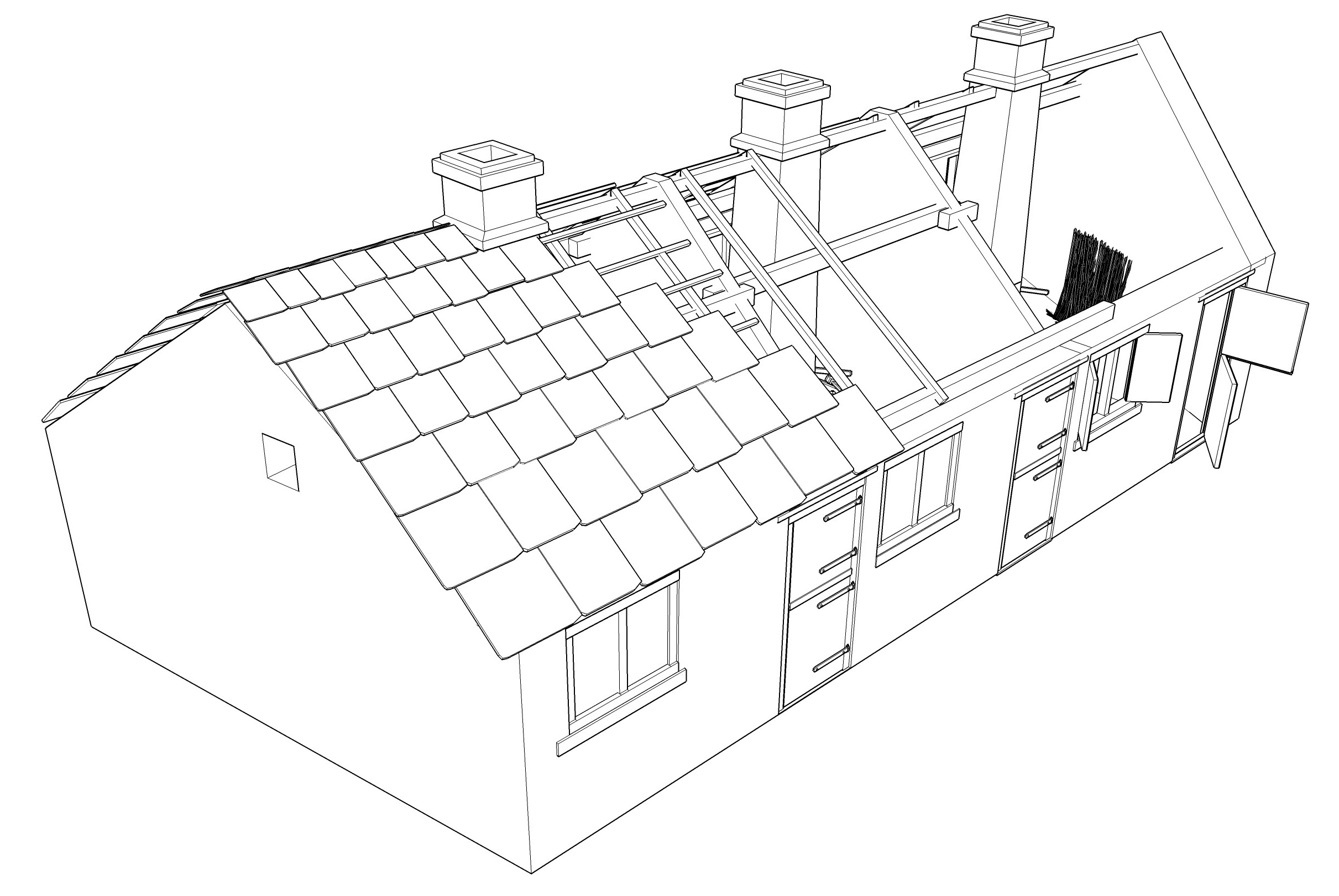
To achieve the client’s aims, the illustrator built a 3D model based on a set of elevations and plans (prepared by Eldon Minns & Co. Ltd in 2010). The advantage of building a 3D model is that the building can then be viewed from any angle, inside or out. A variety of images in several styles can be easily output from the single model.
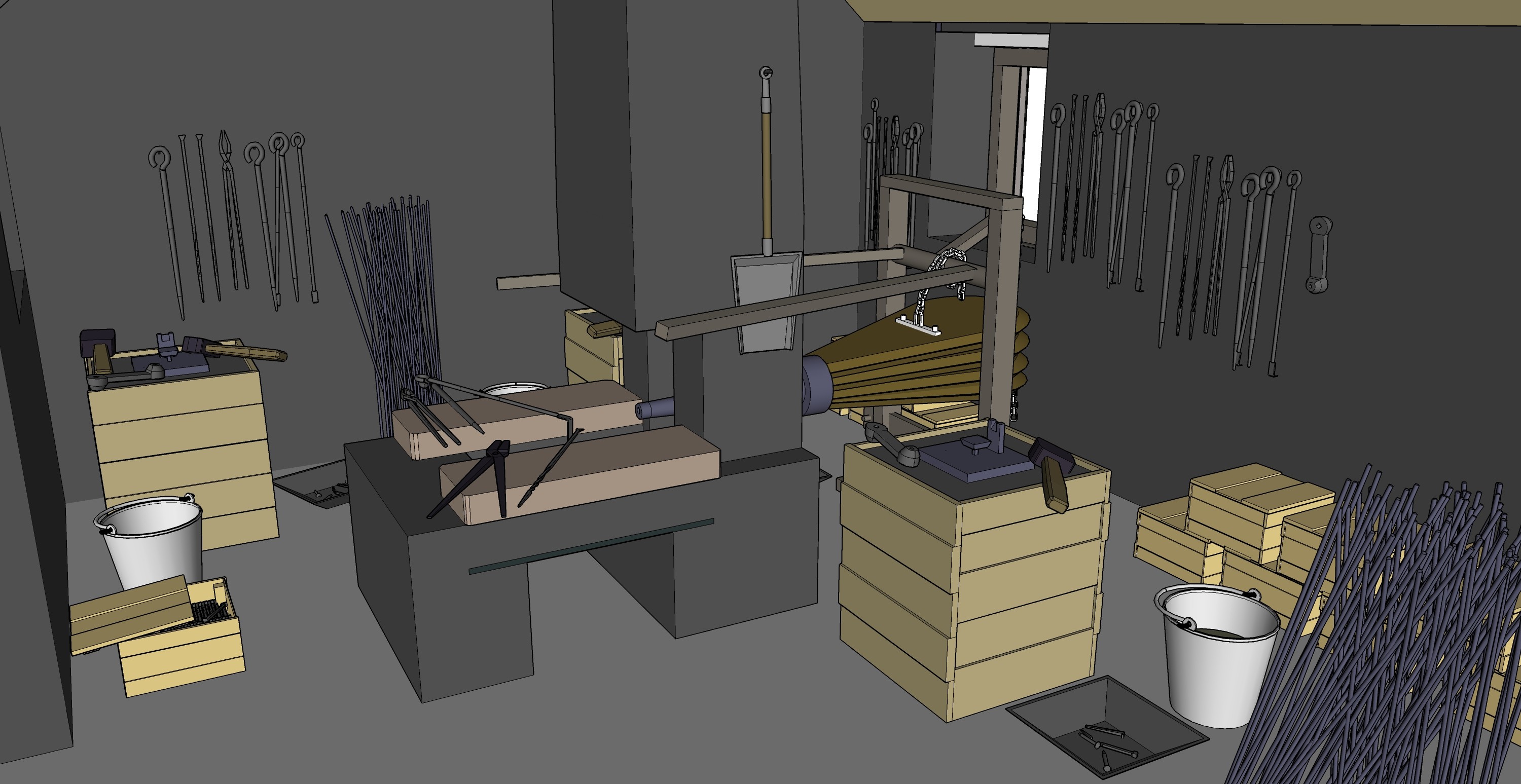
The model was layered so that separate elements could be switched off and the final cutaway image was created using a series of outputs combined in a photographic package. As an added extra the client was also sent a quick fly round animation of the model.
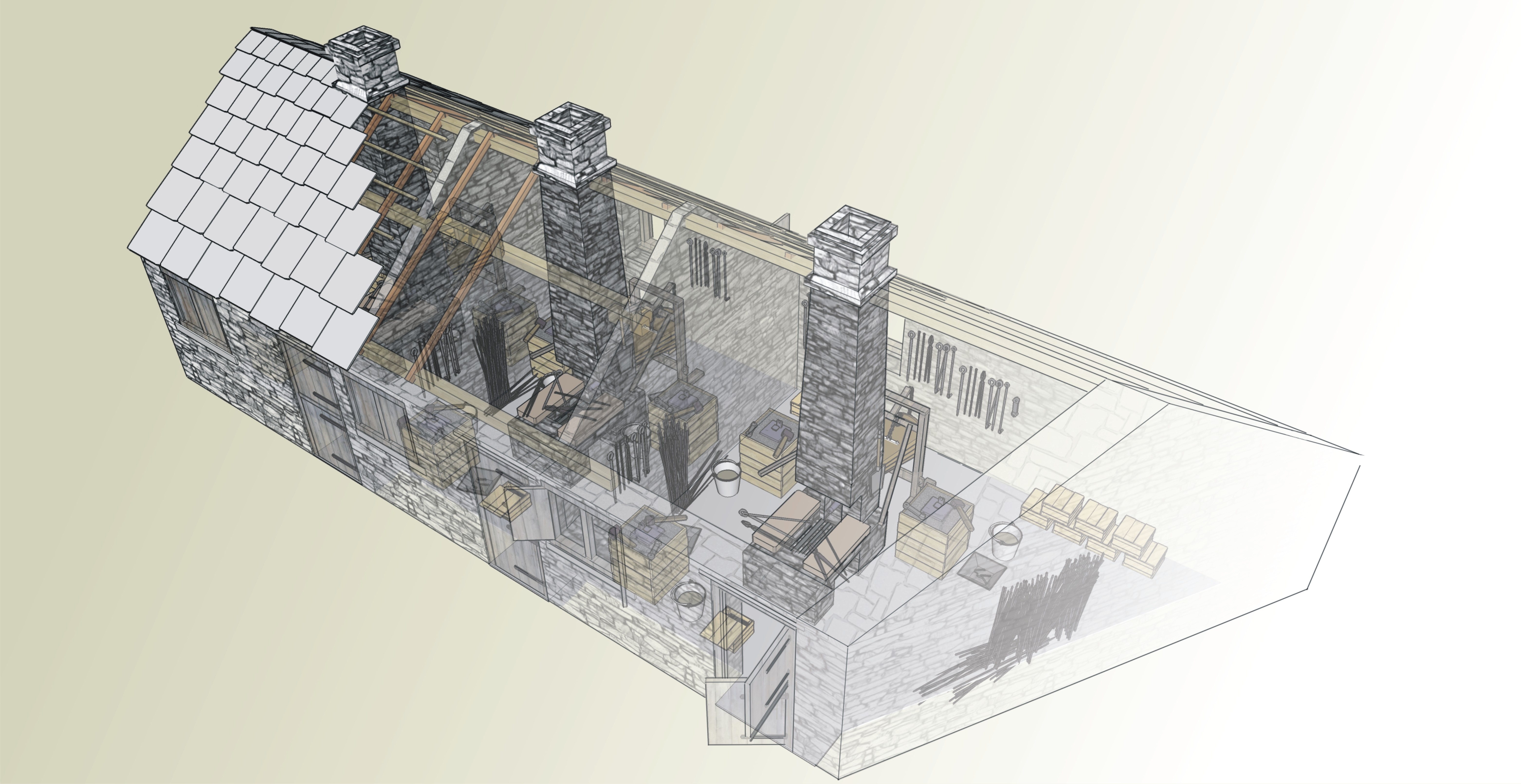
The information for the display panels and booklet was gathered and written by James Thomson Wessex Archaeology Northern Region the illustrator was Karen Nichols.
The Nail Forge is open to the public on specified days. For further information on opening times, or to organise a visit to this site, visit www.topforge.co.uk